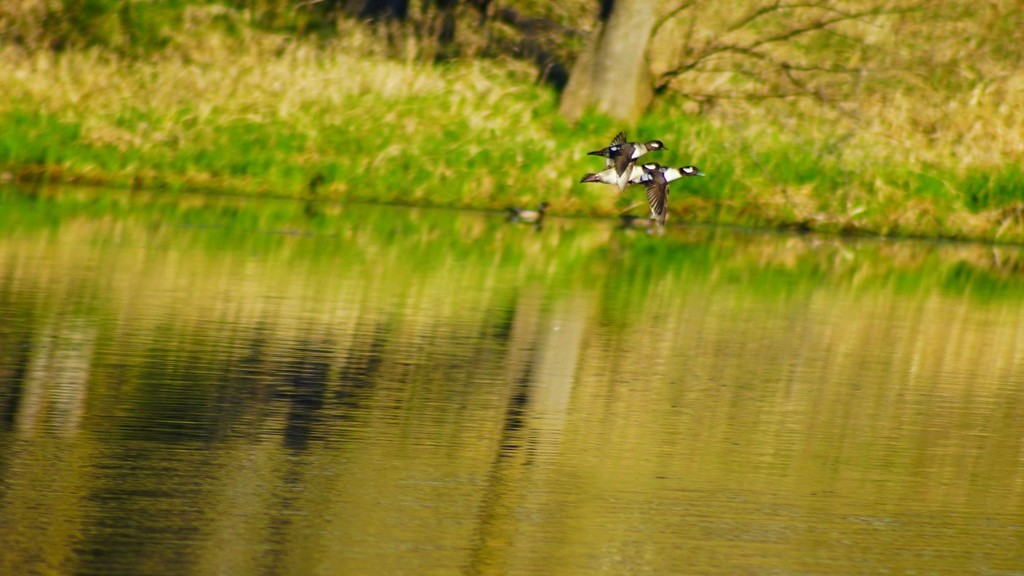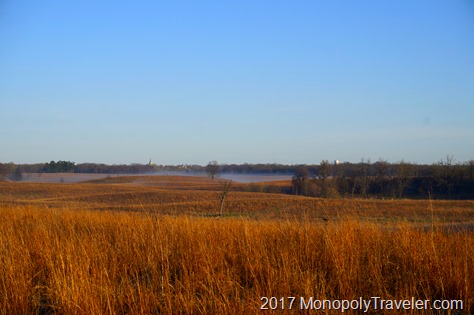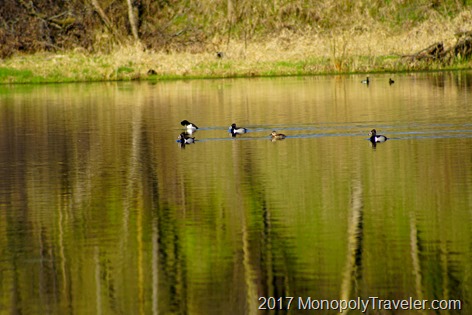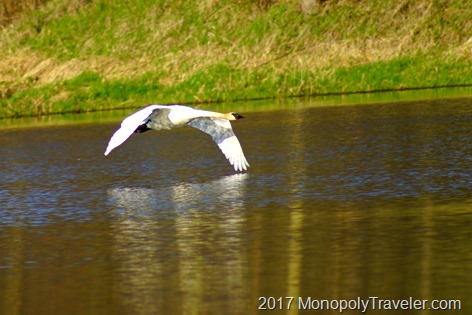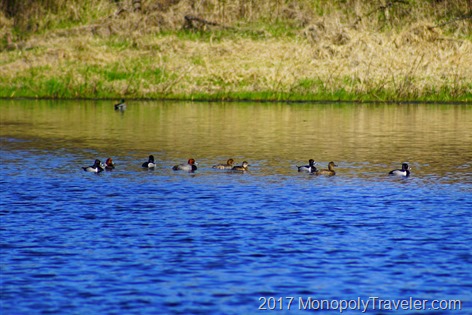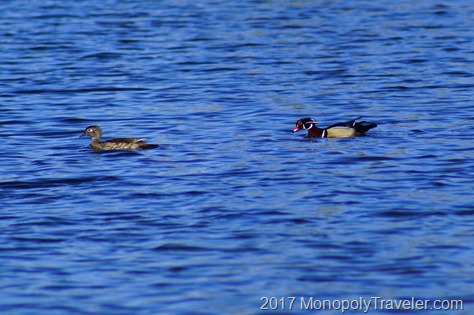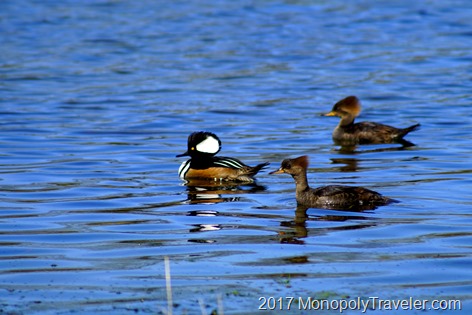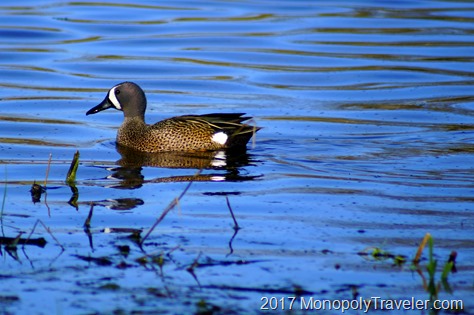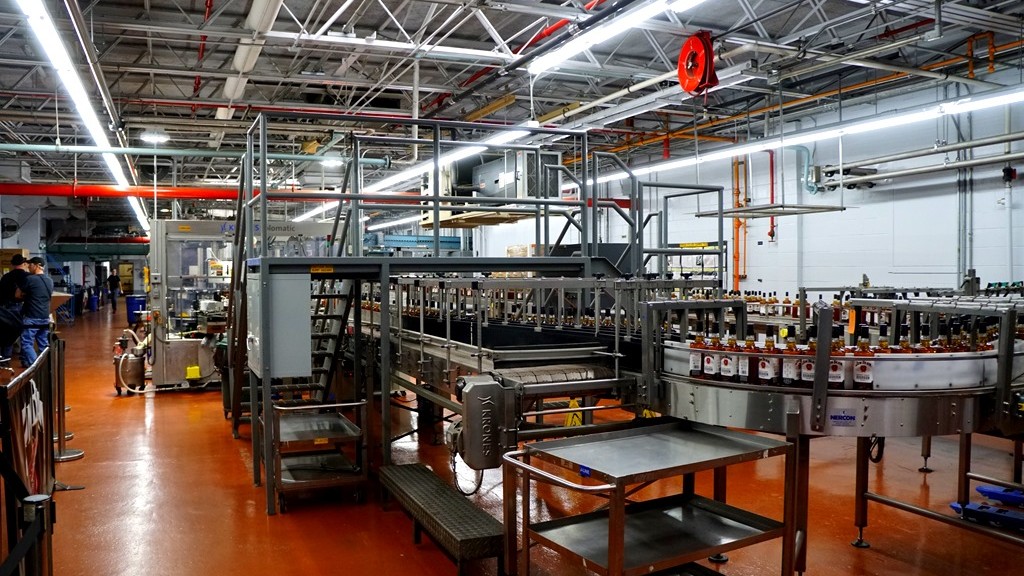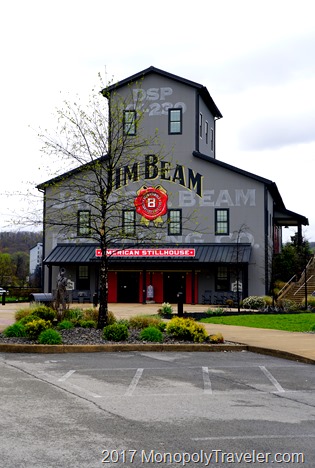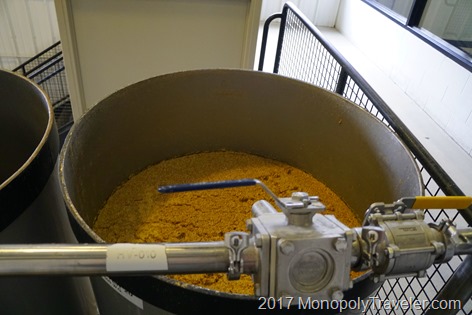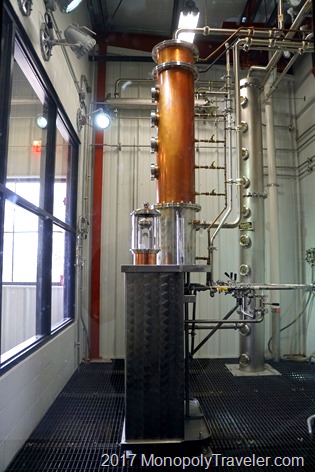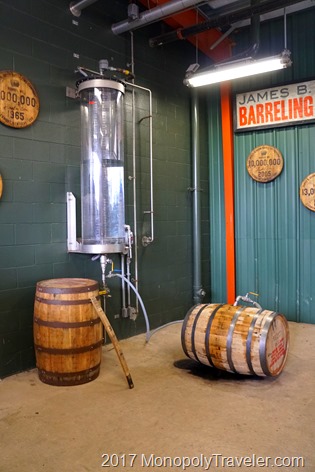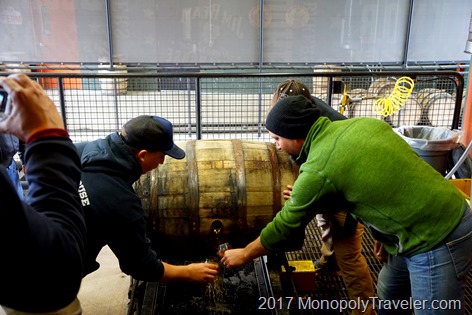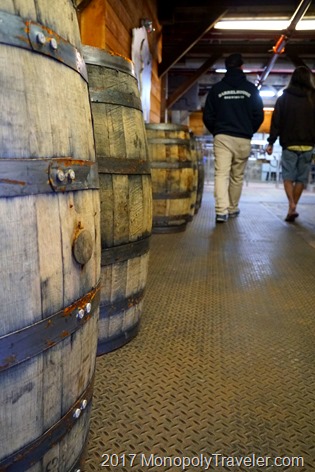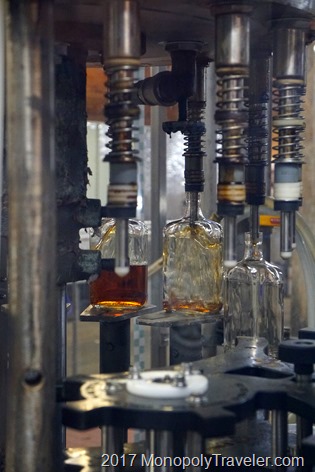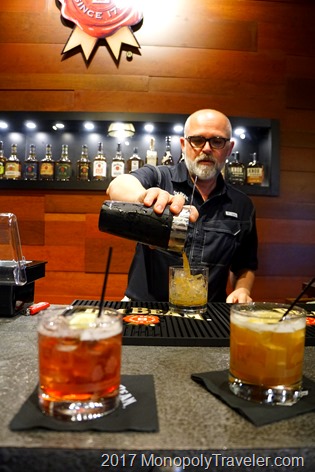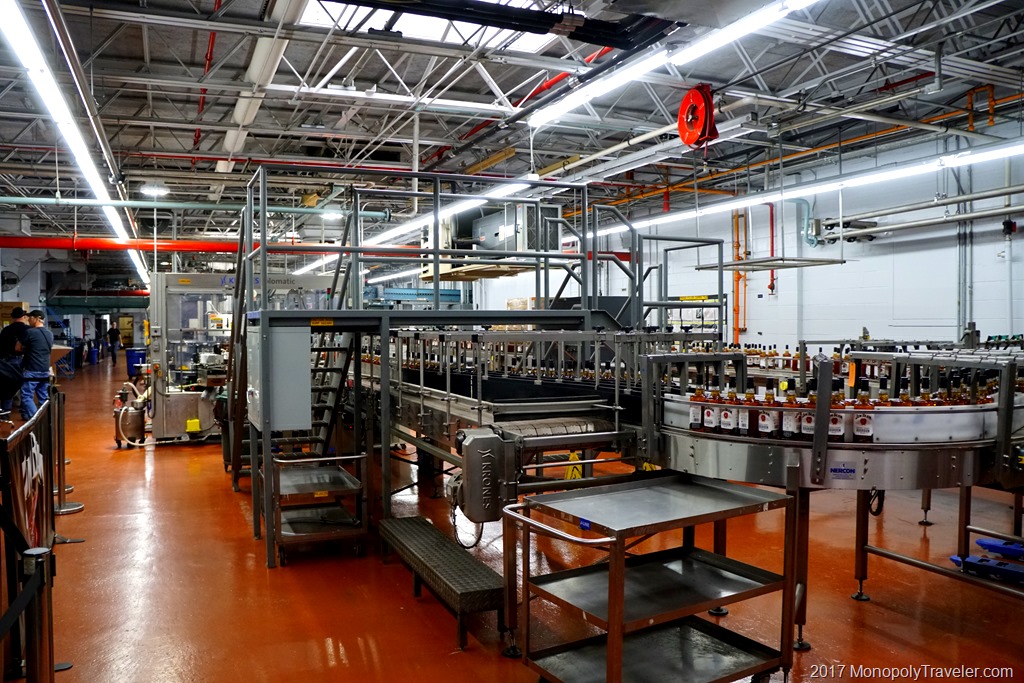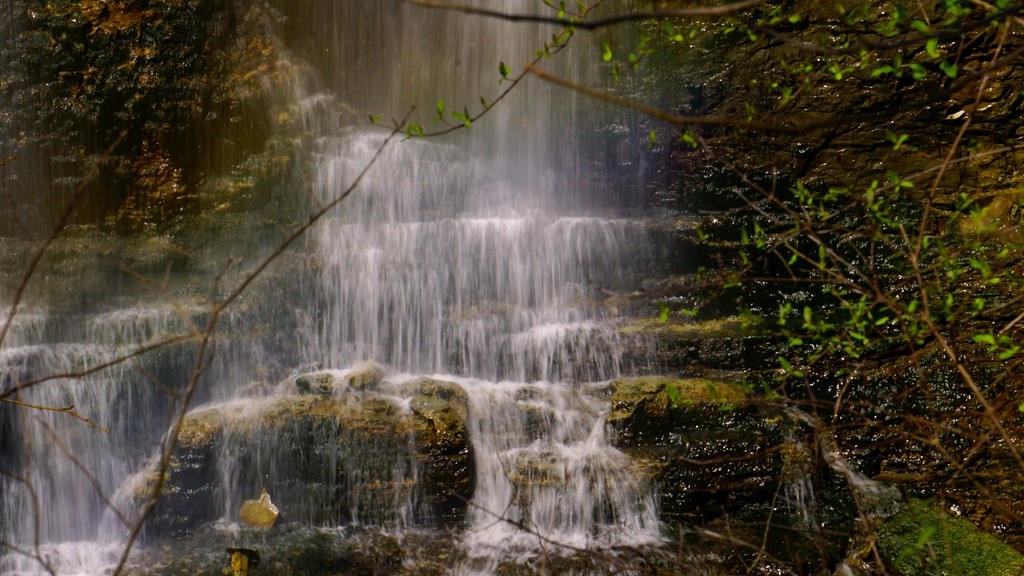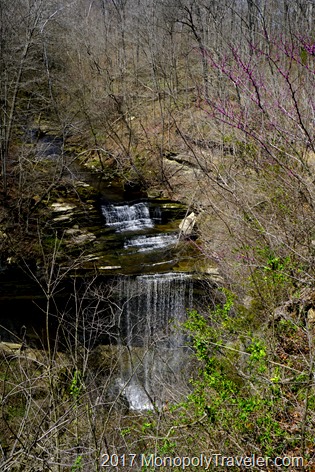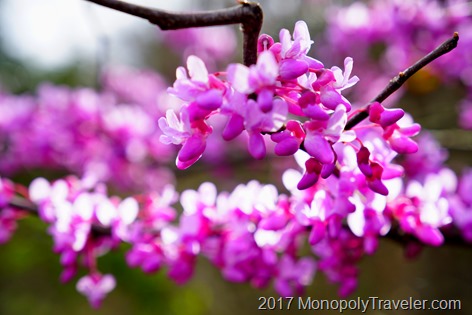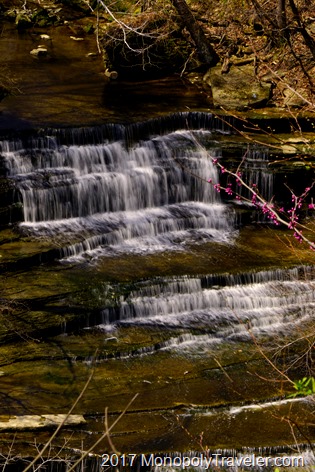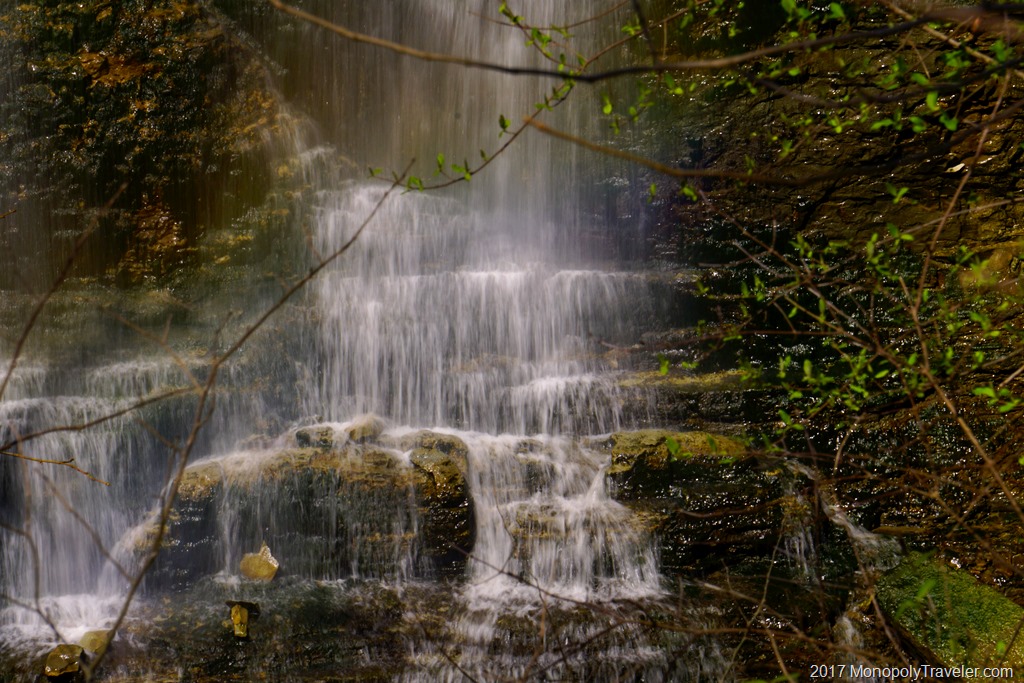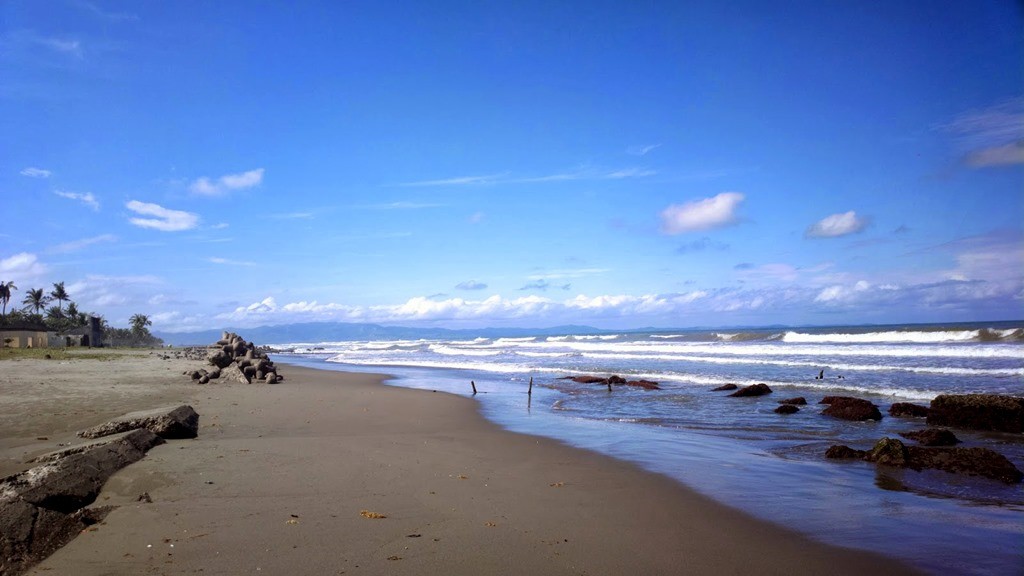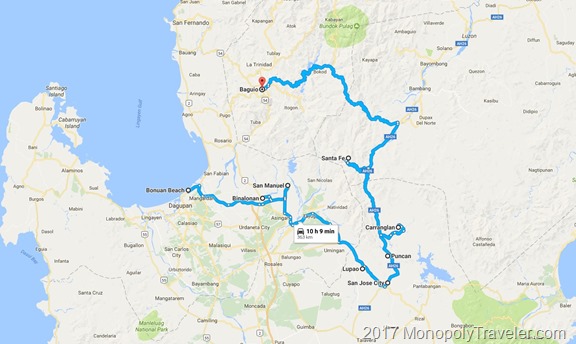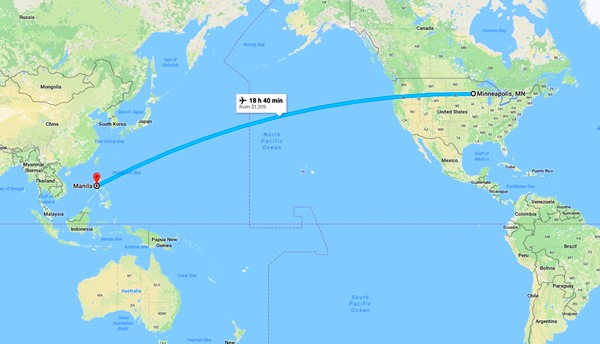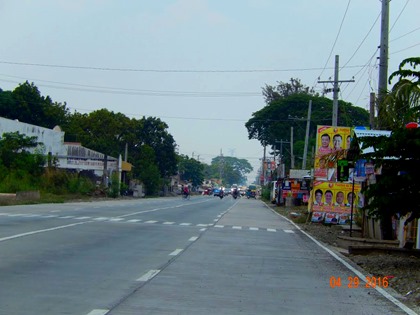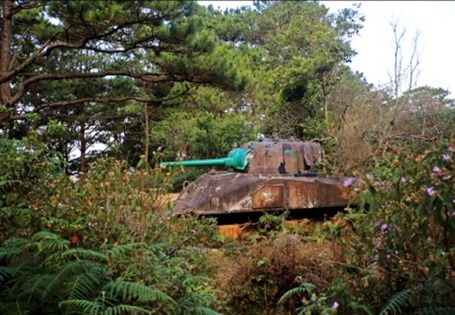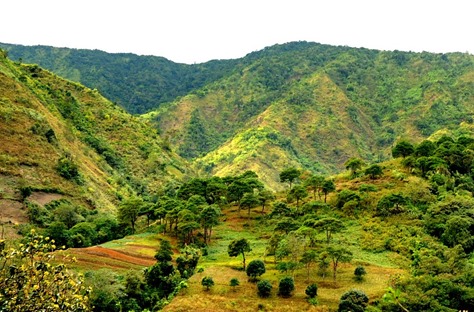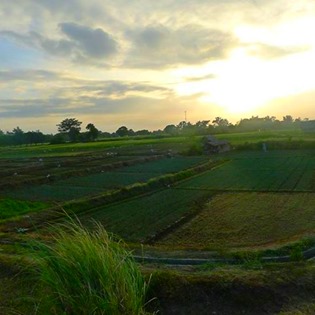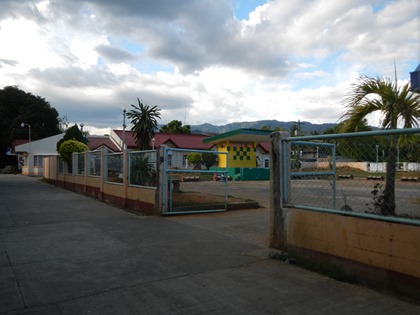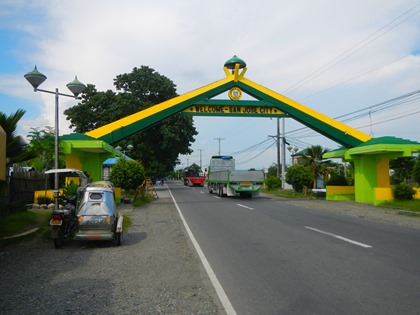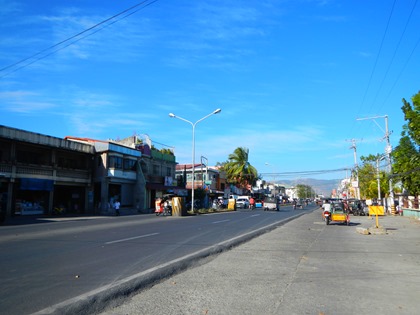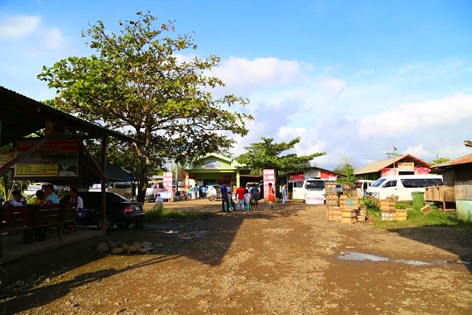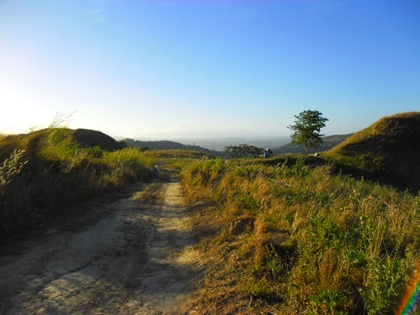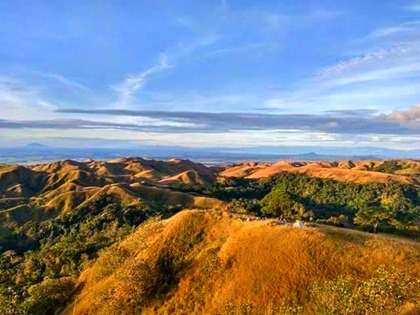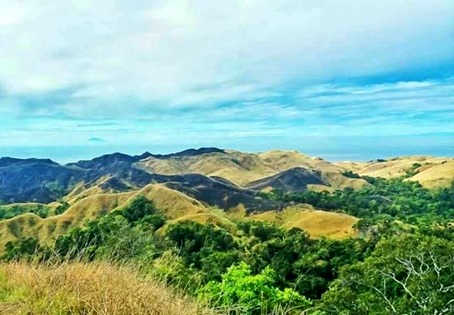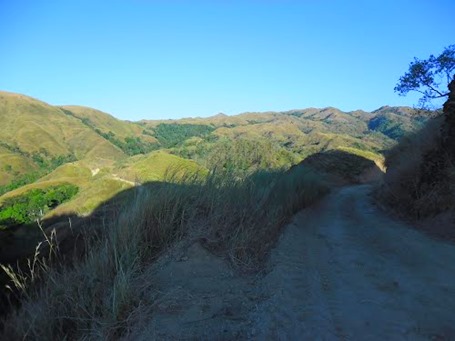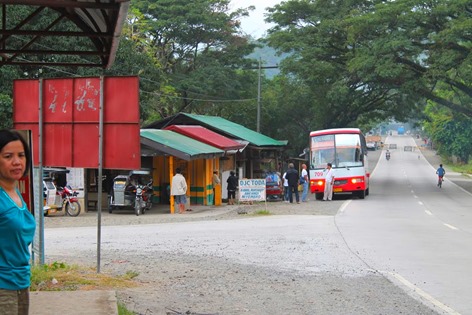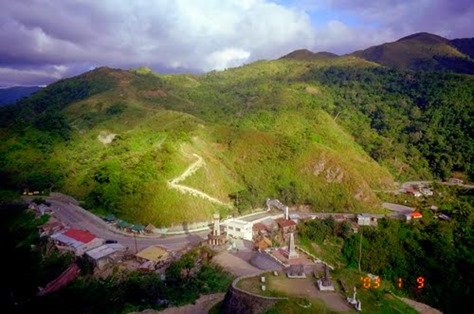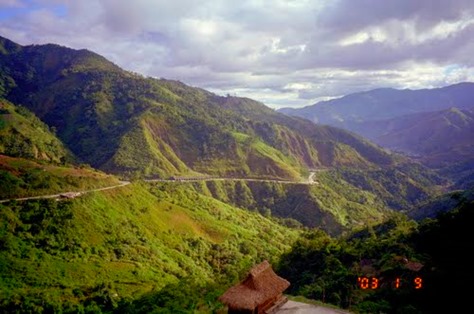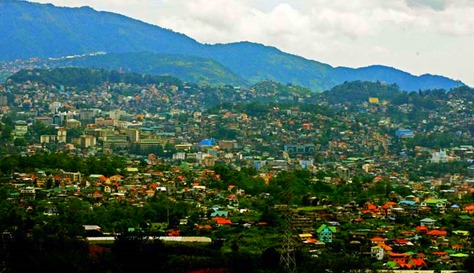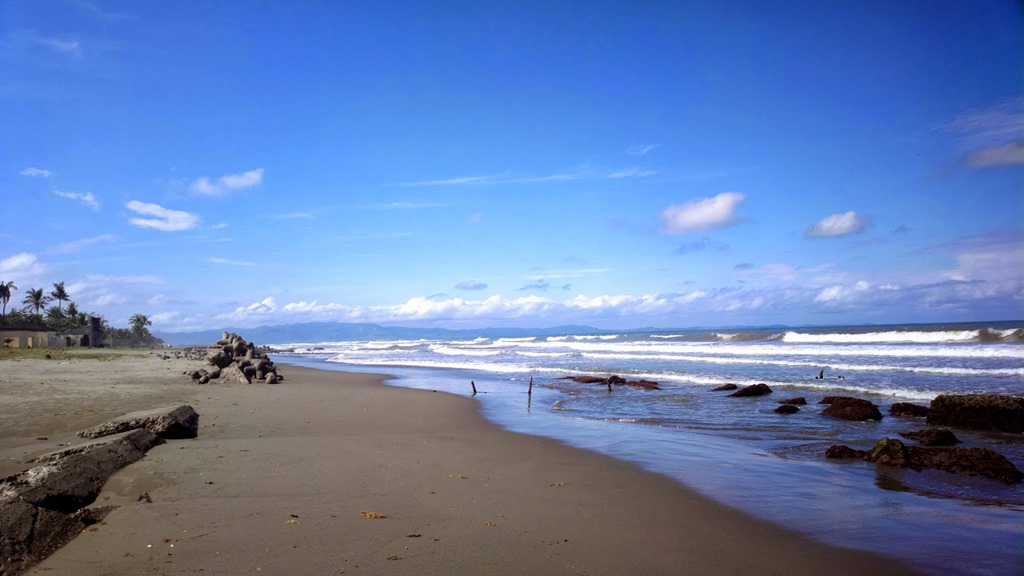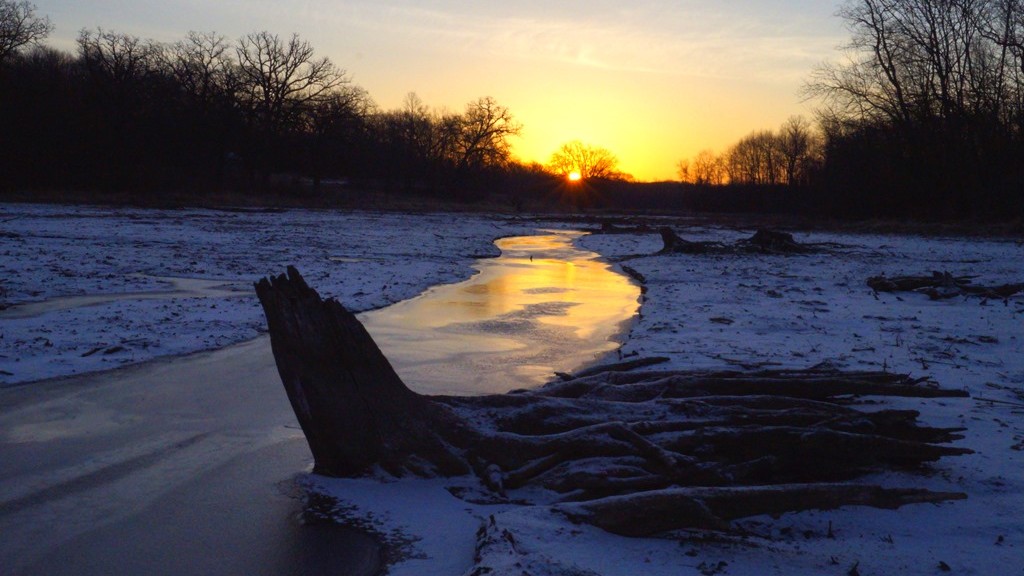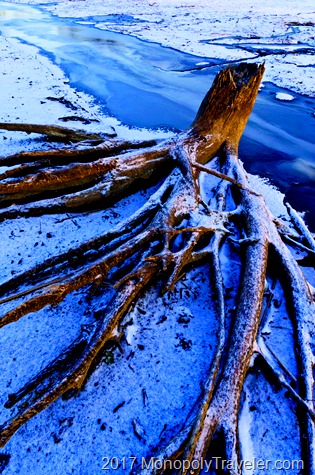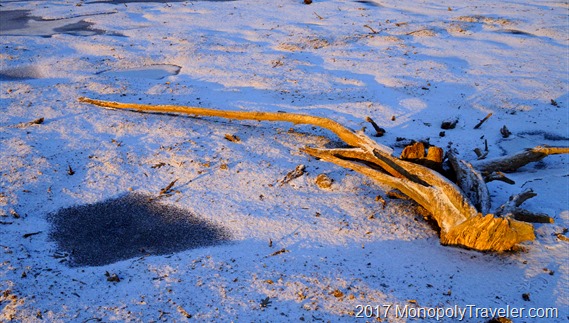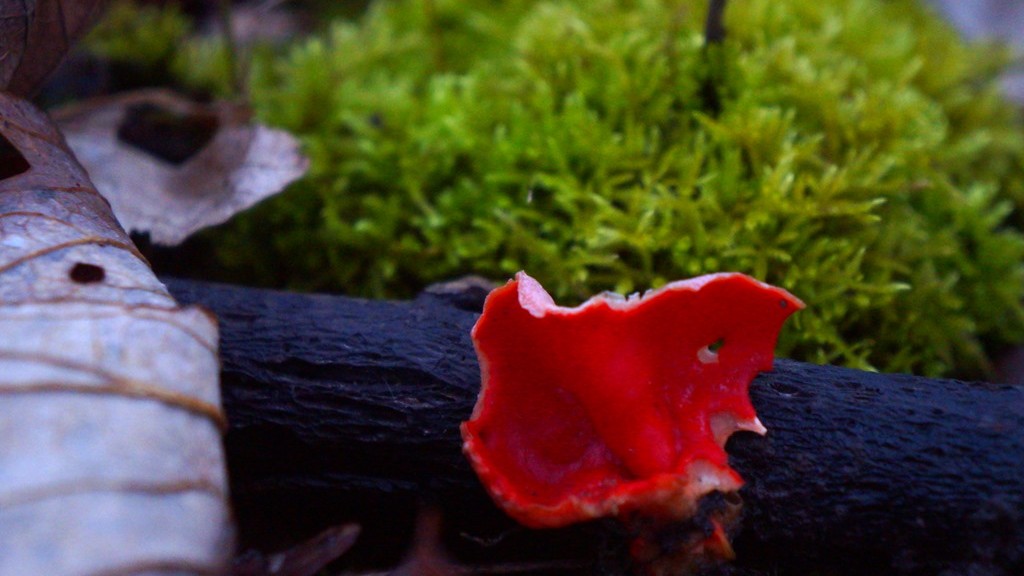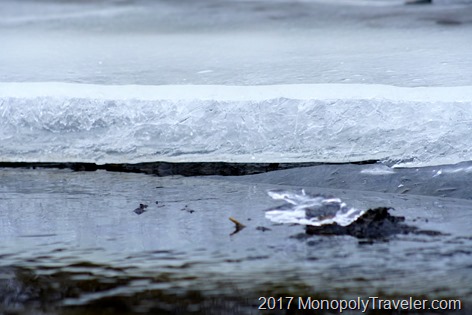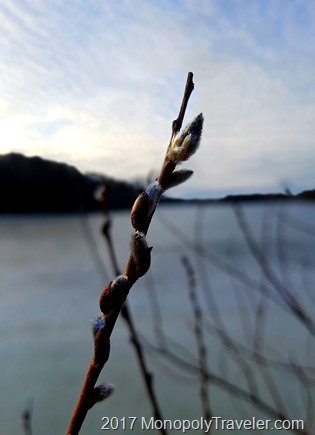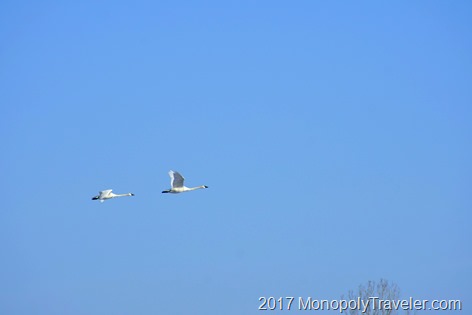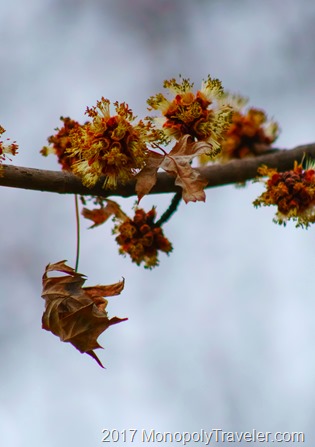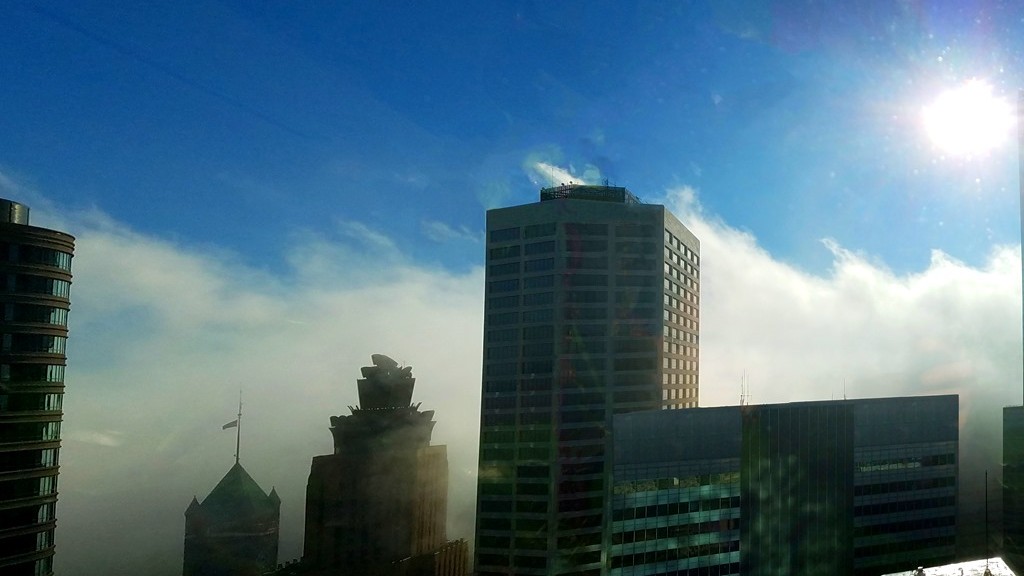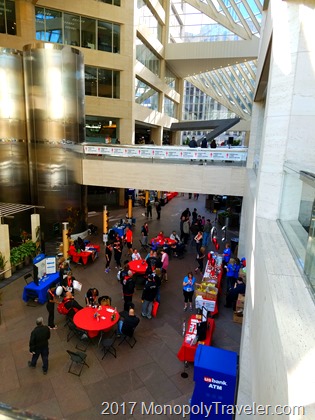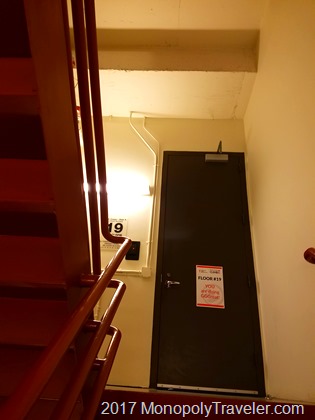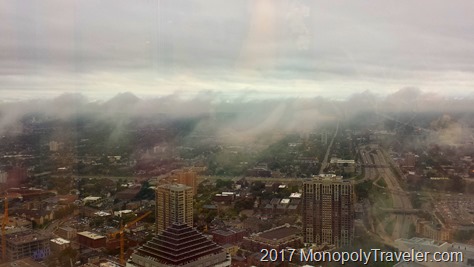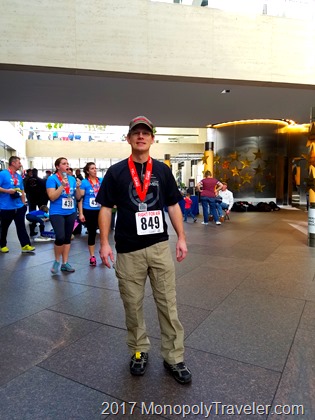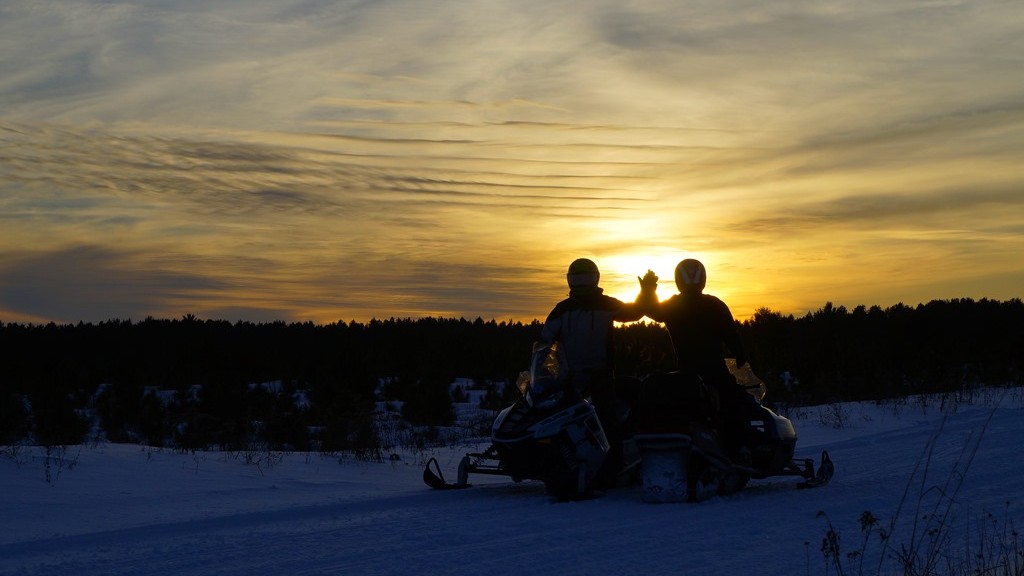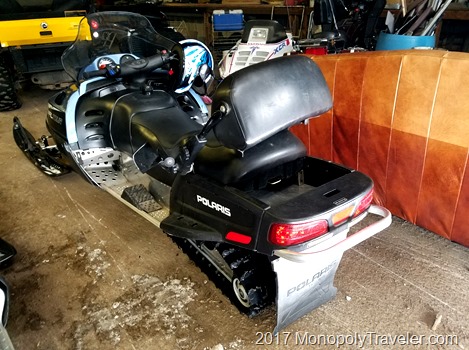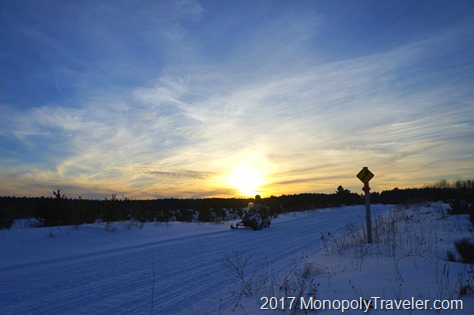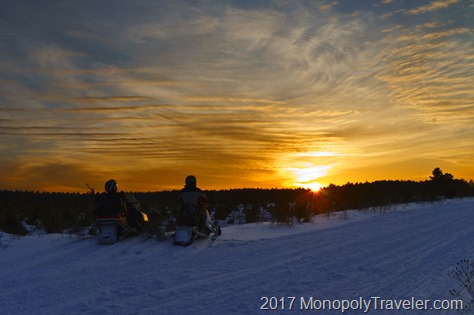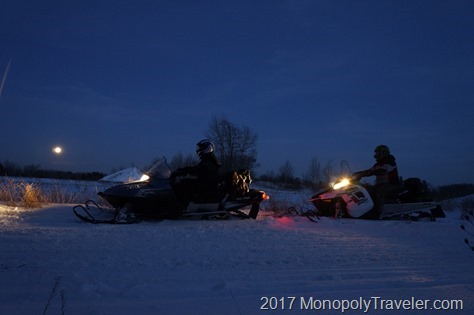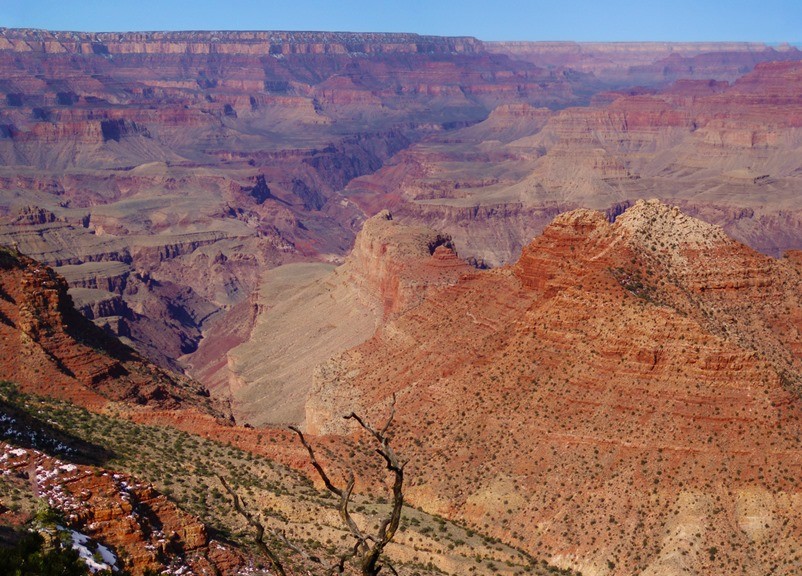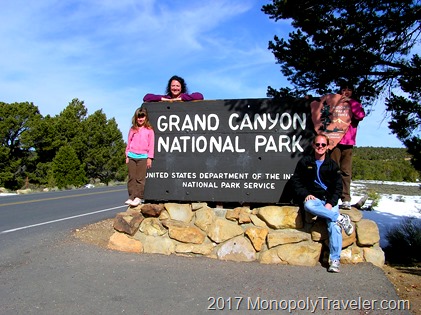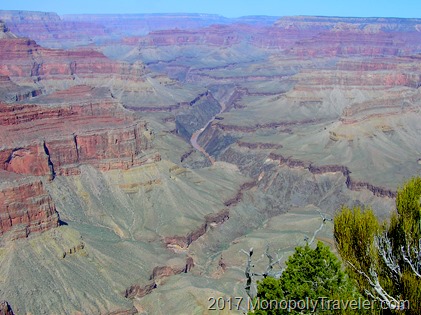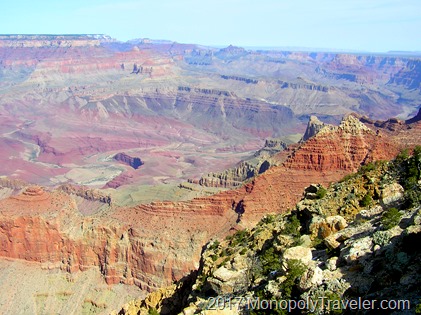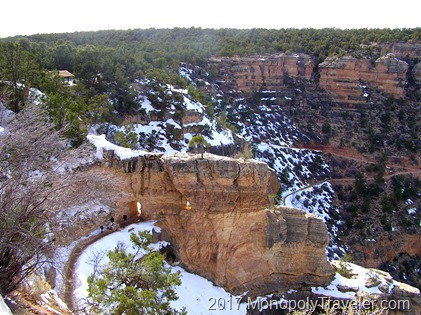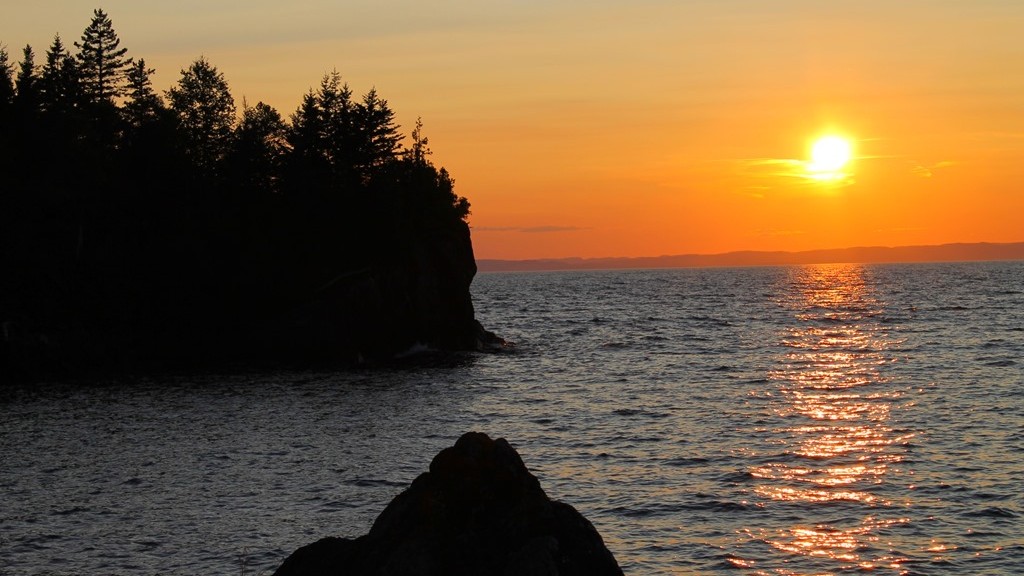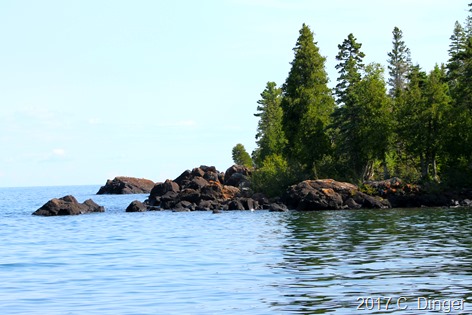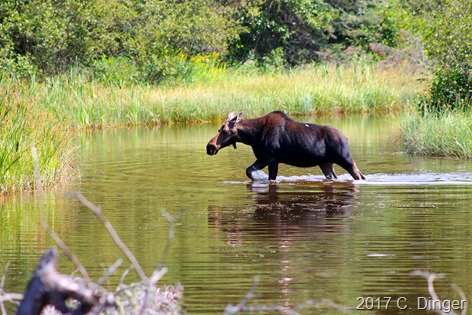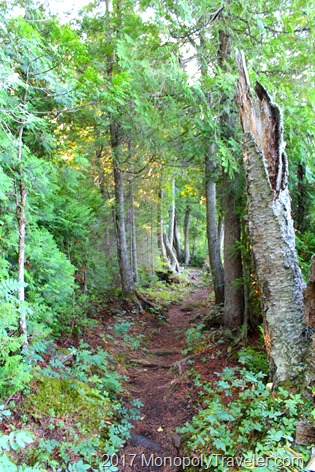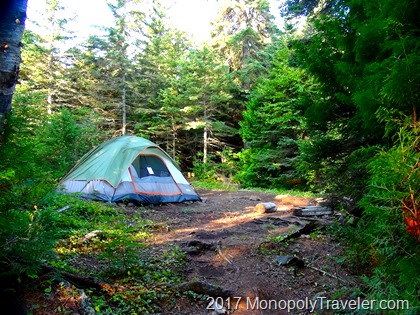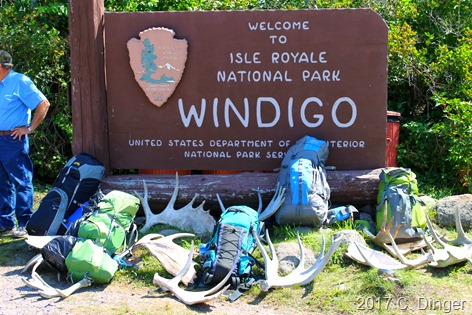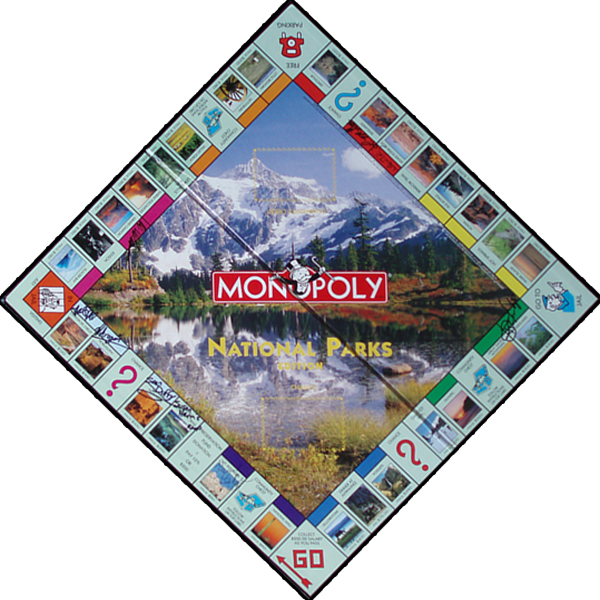While out on a hike recently I noticed this small pond full of ducks. Watching for a few minutes I could see a few different types of beautiful ducks but I had to keep going as rain was near and I didn’t really want to get wet. A few days later I got up just before sunrise and headed to this lake to watch these ducks.
As the morning went on I was amazed at the diversity of ducks in this little pond on a beautiful crisp day. While walking from my car to the pond there was frost on the grass and some fog in valleys which was burning off quickly under the warming sun. A perfect morning for enjoying the outdoors in my book.
After settling in next to a tree, the ducks began moving around the lake but seemed to always keep an eye on me. The morning started with me sitting in front of the tree trying to keep still waiting for them to come closer. After awhile I decided to move next to the tree instead of in front of it and ducks began to come closer but still far enough away to prevent close up pictures like the Ringneck ducks in the photo above.
While enjoying the great spring morning I could hear a Trumpeter Swan calling off in the distance. Eventually it flew closer and around the pond. Having watched these birds I was pretty sure it was going to make a pass somewhere on this pond if not land in the pond so I kept an eye on it and had the camera ready. The difficult part about preparing for the swan was trying to also keep on eye on the ducks and their position. Soon this Trumpeter turned and headed for the pond allowing me to shoot away. When looking over the photos this one caught my attention because of how close the wing feathers are to the water and the light reflecting off of the water onto its wings.
As the morning continued a beaver would swim around appearing as if it was chasing these ducks which worked great for me because these ducks would forget about me for a few moments and come closer. Another type of duck called Redhead moved to the area of the pond closer to me and allowed me to watch them for a little while until the beaver left the area they wanted to be. They were interesting to watch as at time they would fly in circles around the lake and fly into a tree for a few minutes before returning to the water. Also at this time wind was increasing taking away the reflective water from earlier.
After awhile I began watching some birds as they fluttered around me and even over the water. As I continued to do this I noticed some ducks coming closer as my attention was elsewhere like these Wood Ducks in the photo above. This was interesting to me as in other locations keeping still and as hidden as possible brought the ducks closer allowing for more detailed photos. As they seemed to get more comfortable with my presence I would slowly move the camera back in their direction and begin photographing them.
These male and female Hooded Mergansers eventually made there way closer to me providing a little entertainment as there was one male and seven females giving this group a little different dynamic from the traditional pair of ducks. It was fun as they stayed near me for a little while as they dove for food, chased each other around, and preened. Eventually they flew off to another area leaving me relaxed and satisfied with my time watching them.
The first ducks to venture close to me were Green Wing Teals as they scoured the shoreline for food. These ducks have an amazing array of colors which become more iridescent as the light changes while they’re swimming around, however, the best colors show up as their wings are spread showing off a light teal and bright green spot on each wing. During the morning I did hear Loons calling in the distances along with Sandhill Cranes but they did not venture close enough to watch. It was a very surprising morning at this little pond with how much diversity of ducks and birds hanging around making it difficult to leave. Hopefully there will be another opportunity to go back.

